GRASS EQUIPMENT UPDATES
The main update to the mower range was to the 10.2m Kverneland 53100 MT triple mowers. The updates maximise its working width using GEOMOW which, with the assistance of GPS, adjusts the working width of the machine on the telescopic arms that carry the rear mowers. This minimises overlap between front and rear mowers so full width mowing is achieved more often. The system can even detect when the tractor is going around a corner and adjusts the rear mowers accordingly. The key point being made was that ground pressure is maintained irrespective of the working width and this adjustment can be made on the go. Also, the system can detect when the tractor is on a side-slope and compensates for this. Particularly useful in Ireland where not all fields are as pan-flat as the one we were in. The headland sequence part of this technology detects when the mowers are about to reach the headland and lift the mowers out of work without any intervention from the driver and lowers them again just in time when returning to work.
TEDDERS
Two new tedders were demonstrated on the day. In the light dry crop of grass, the trailed 9m 8-rotor 8590 C performed with ease. The fact that it is a trailed machine, a 60hp tractor would be more than able to handle it according to Paraic McCarthy of Kverneland Group Ireland. Key features of the machine are maintenance free double universal joints on the rotors width hexalink finger clutch system on the outer two. The new mounted 85112 tedder was also demonstrated on the day. It has an 11.2m working with across its 10 rotors. Its refined folding mechanism and hexalink finger clutch allowed for a very compact machine when folded for the road or storage. The only two grease points on the entire machine were on the PTO. Hydraulic oscillation dampers are fitted to the headstock to give smoother running and an optional headland kit is available.
RAKES
Kverneland’s 4 rotor 97150C 15m working width rake will also benefit from some cleaver automation through GEORAKE. The system works on a similar principle to that of the GEOMOW. Watching the demonstration driver snake his way across the freshly scattered grass in anything but a straight line, one could but wonder what he was doing. It soon became apparent that like the triple mowers, the system recognises where ground is already worked or in this instance raked. When the front rotor reached the freshly raked ground it raised itself and in turn the other rotor did likewise. It’s akin to section control on a sprayer except instead of sections, there are four individual rotors. This could be particularly useful when working in small or awkwardly shaped fields.
FASTBALE GETS FILM ON FILM
Already a machine that has garnered a lot of interest by being able to truly make round bales non-stop, the Fastbale is now using film on film technology. For those unfamiliar with how this machine works, the Fastbale starts in the conventional manner with the main chamber producing the first bale. When the bale is fully formed, instead of having to stop to apply the net (or film), crop flow is diverted to the pre-chamber which essentially acts as a holding bay for the main chamber. This allows the net or film to be applied to the bale in the main chamber and for the completed bale to be transferred to the wrapper. When the pre-chamber is full, the incoming crop flow together with the partially made bale from the pre-chamber are both then transferred into the main bale chamber. In here the bale is formed to its final size and density. Simultaneously another bale has begun its formation in the pre chamber. For film on film applications and without any mechanical changes, the roll of film is loaded in the same way as the roll of net before. A cleaver lifting arm on the side of the machine can be operated without the tractor running by using a pre-charged hydraulic accumulator to get the roll of net or film to the top of the baler. Kverneland say film on film is something the market is moving more towards. The benefits are better preserved silage without the need for separating the net from film for recycling. Watching this machine whizzing up and down the swards of grass was very impressive. Film on film wrapped bales popping out every so often was the cherry on top.

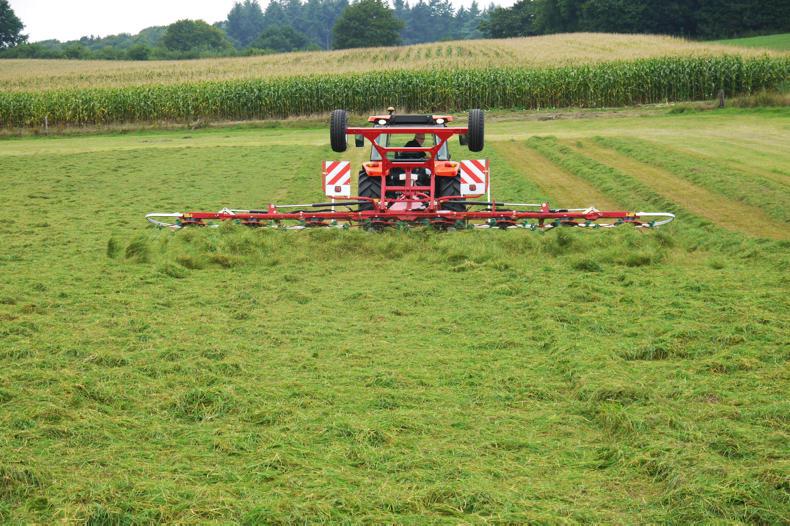




 This is a subscriber-only article
This is a subscriber-only article






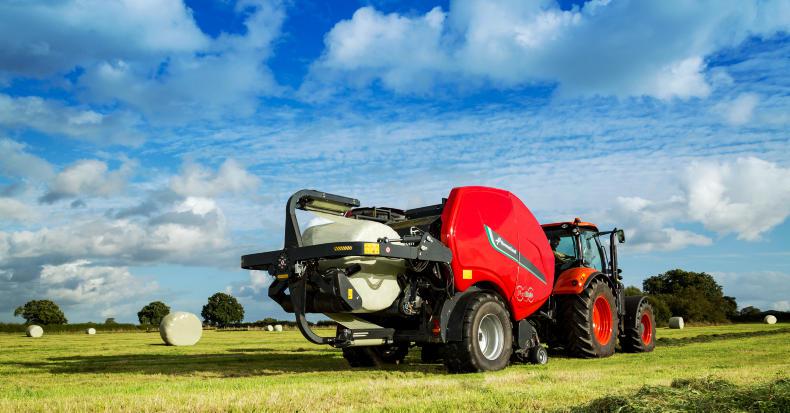
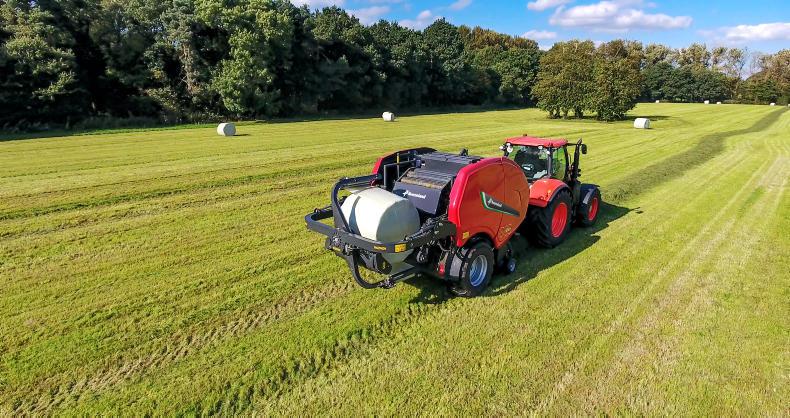
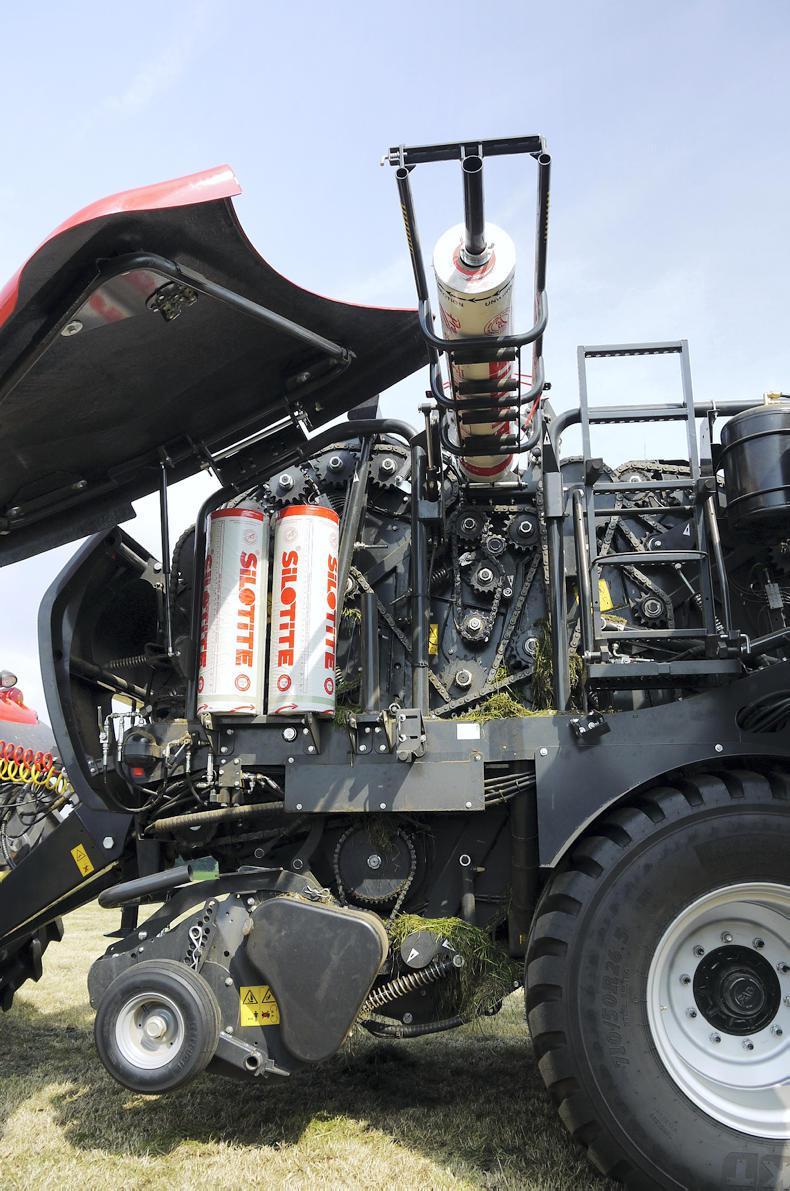
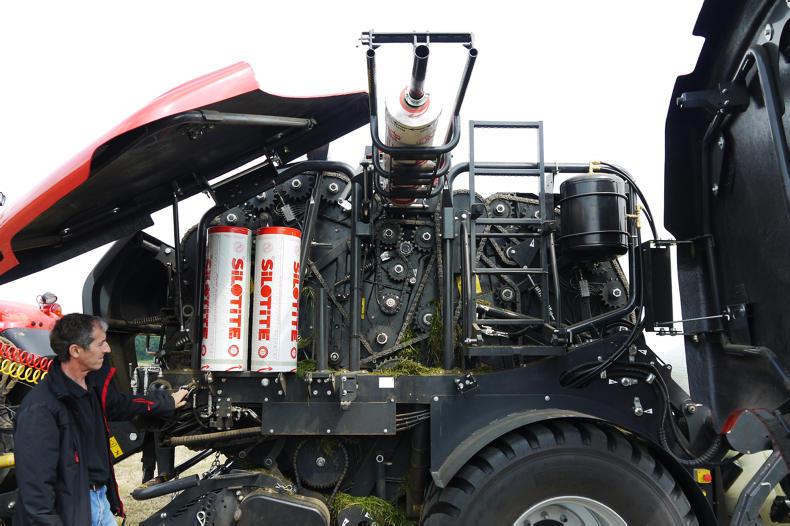
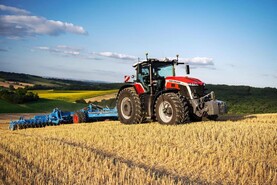
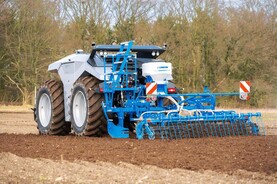



SHARING OPTIONS: